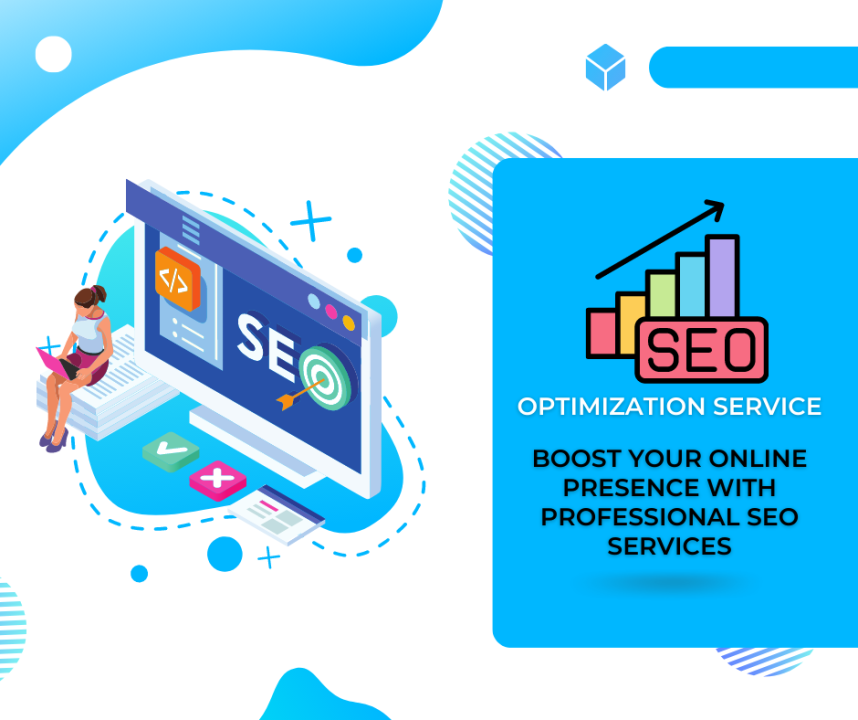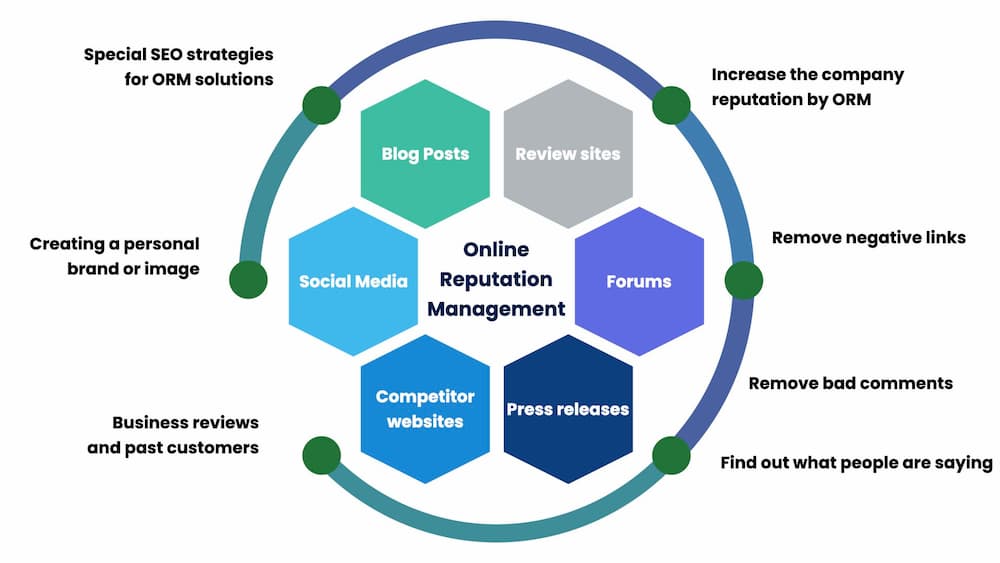Extensive Evaluation: What Is Ruled Out a Default Medium in Google Analytics
Extensive Evaluation: What Is Ruled Out a Default Medium in Google Analytics
Blog Article
Believing Outside the Box: Leveraging Unusual Tools to Maximize Google Analytics Efficiency
In the world of electronic advertising, the mission for improved Google Analytics performance has become a strategic vital for services seeking to refine their online visibility. Typical approaches usually fall brief in catching the complete range of consumer communications and behaviors. By checking out non-traditional tools as methods of data collection, a brand-new world of possibilities arises. These uncharted territories supply a riches of untapped understandings that might potentially change the method we understand and maximize our digital strategies.
Special Information Resources

CRM systems, as an example, can give insights into private consumer interactions, acquisition history, and choices, which can be integrated with Google Analytics information to create more tailored advertising and marketing strategies. Social media site systems supply useful information on user demographics, rate of interests, and interaction metrics, enabling businesses to determine the effectiveness of their social networks projects and enhance material for better performance. Email advertising information, including open rates, click-through rates, and conversion metrics, can additionally be leveraged to track customer interaction and behavior beyond website communications captured by Google Analytics. By leveraging these distinct data resources, services can refine their approaches, improve targeting efforts, and improve general Google Analytics efficiency.
Social Media Insights

In addition, social networks analytics devices make it possible for services to track essential efficiency indicators, monitor campaign effectiveness, and determine the impact of their online activities. Understanding the demographics of fans, recognizing preferred web content motifs, and reviewing engagement levels can assist companies tailor their advertising and marketing approaches for far better outcomes.
Offline Advertising Assimilation
Integrating offline advertising techniques with digital analytics can boost overall campaign performance and provide a more extensive understanding of customer habits. what is not considered a default medium in google analytics. By connecting the gap between online and offline initiatives, services can track the impact of traditional advertising and marketing channels such as print advertisements, television commercials, direct-mail advertising, and occasions on their on-line visibility

In addition, applying phone call radar for offline marketing tasks makes it possible for services to catch important information on customer queries generated official site with printed ads or products (what is not considered a default medium in google analytics). By assessing telephone call data alongside on-line metrics in Google Analytics, companies can gain much deeper insights right into the client journey and maximize advertising strategies for enhanced performance throughout all channels
IoT and Wearable Modern Technology
Using IoT and wearable innovation in digital analytics can revolutionize information collection and consumer understandings for businesses looking for a deeper understanding of individual behavior patterns. These ingenious technologies use a seamless method to gather real-time data from numerous touchpoints. IoT devices can track customer interactions with product and services, giving important details on usage patterns and choices. Wearable technology, such as smartwatches or physical fitness trackers, can supply insights right into user activities, health and wellness metrics, and also place information.
Gamification Techniques
The execution of gamification approaches in electronic analytics read what he said provides an innovative technique to enhancing individual interaction and driving workable insights for services. By including game-like components such as factors, badges, leaderboards, and rewards into the analytics interface, companies can motivate users to interact much more frequently and meaningfully with the data.
Gamification encourages users to explore different features of the analytics system, revealing beneficial understandings that could have or else gone unnoticed. With interactive difficulties and progress tracking, users are incentivized to delve deeper right into the information, bring about raised time invested in the system and a higher possibility of discovering key fads or patterns.
In addition, gamification can cultivate a sense of competition amongst customers, spurring them to strive for higher efficiency and interaction levels. This affordable spirit can drive boosted individual adoption prices and a much more extensive utilization of the analytics devices offered. Ultimately, by leveraging gamification approaches in digital analytics, companies can develop a more appealing and productive setting for customers, leading to more enlightened decision-making and enhanced overall efficiency.
Verdict
In final thought, leveraging unconventional mediums such as unique information resources, social networks understandings, offline marketing assimilation, IoT and wearable technology, and gamification techniques can maximize Google Analytics performance. By believing outside package and exploring these alternative resources of information, businesses can get beneficial insights and improve their general advertising and marketing strategies. It is essential for firms to continually explore new methods to collect information and examine it in order to remain in advance in the ever-evolving digital landscape.
By incorporating data from this post sources such as client partnership monitoring (CRM) systems, social media systems, and email marketing campaigns, services can obtain an extra comprehensive understanding of their audience behavior and engagement patterns. Social media platforms offer important data on user demographics, rate of interests, and interaction metrics, allowing services to assess the efficiency of their social media projects and enhance material for much better performance. By leveraging these special data sources, organizations can improve their methods, boost targeting initiatives, and boost general Google Analytics performance.
Checking out social media insights can provide businesses with valuable information on individual demographics, rate of interests, and interaction metrics, allowing for educated decision-making and critical optimization of advertising and marketing initiatives. By thinking outside the box and exploring these different resources of data, businesses can obtain useful insights and improve their overall advertising and marketing methods.
Report this page